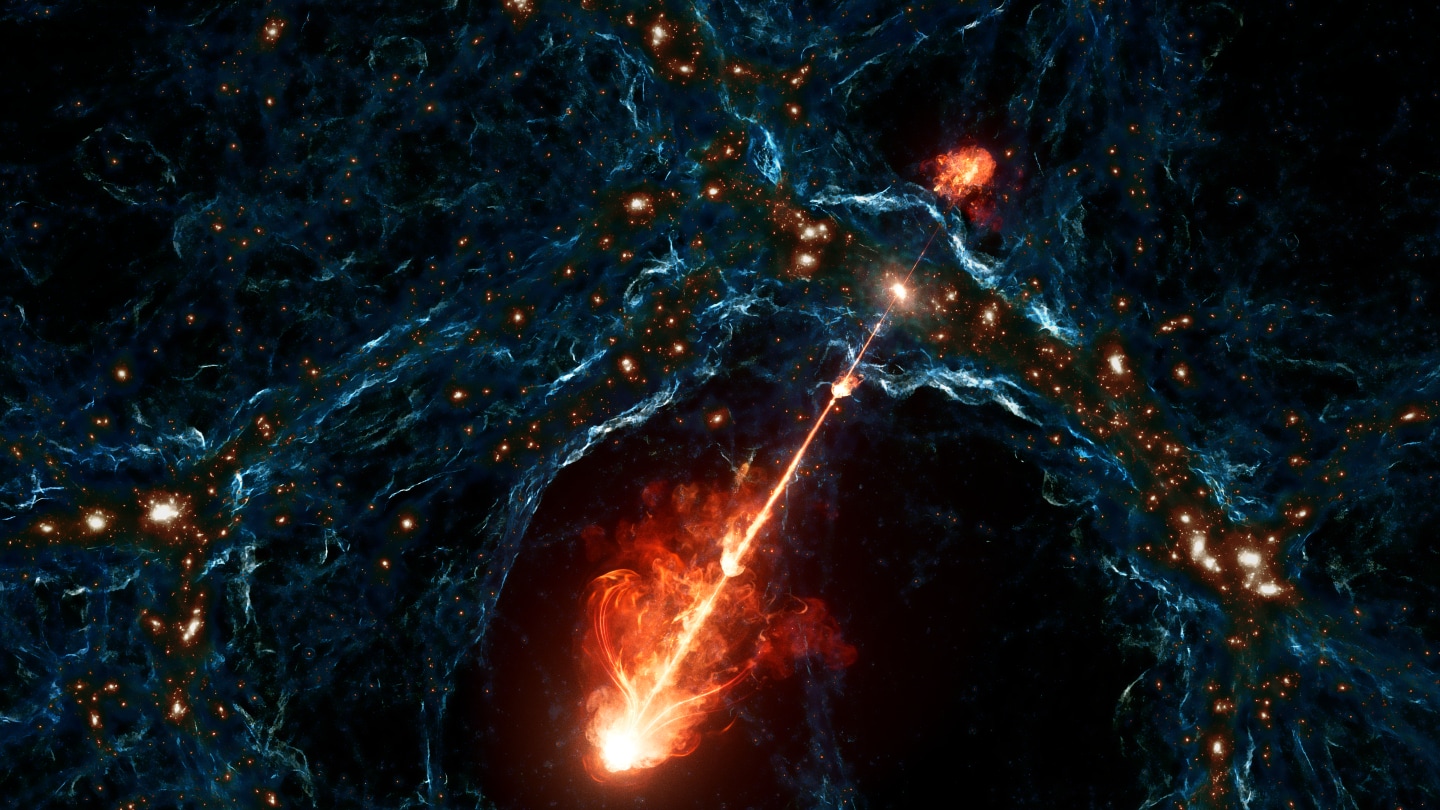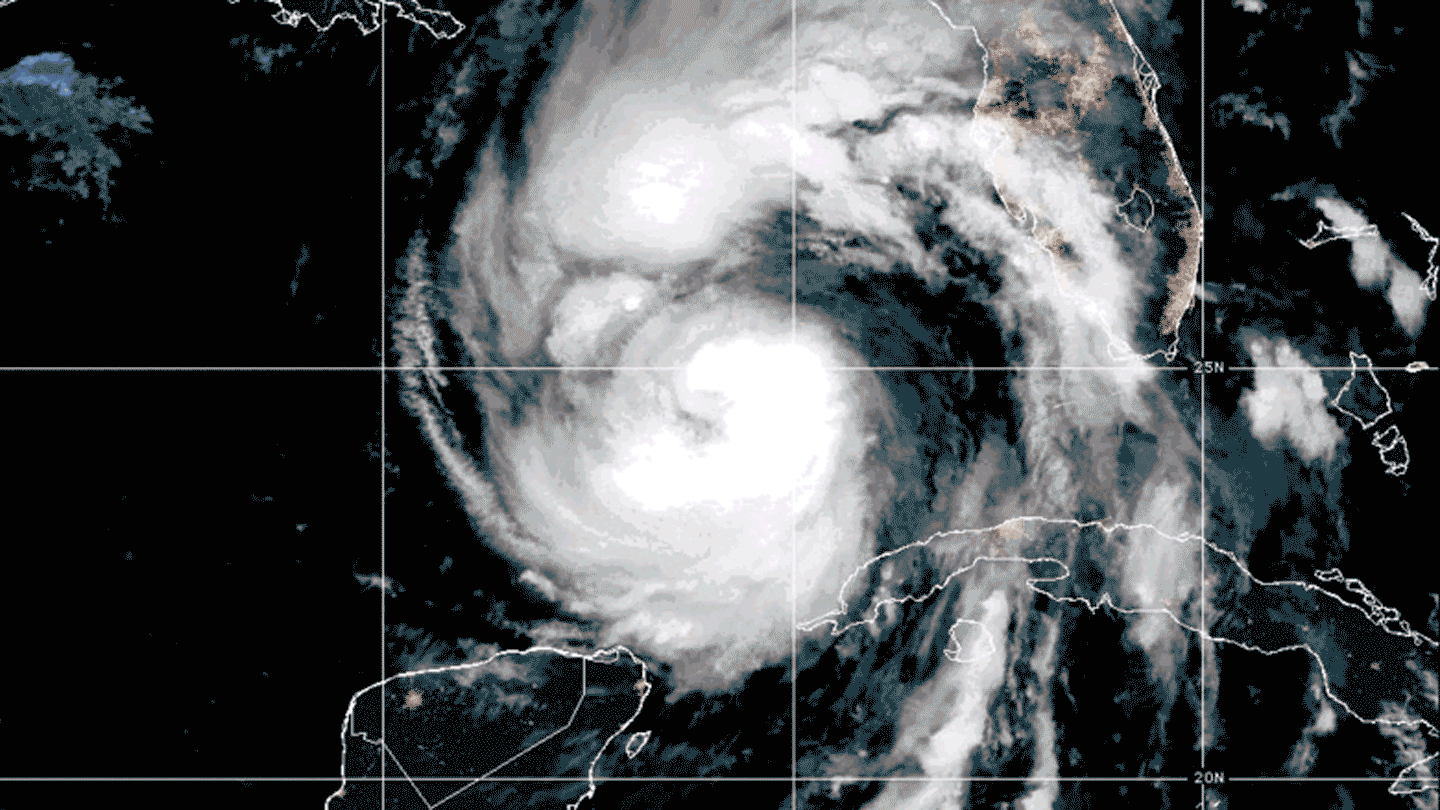Opposing fountains of plasma and particles spanning 23 million light-years are the longest pair of black hole jets ever seen. That’s far enough to influence the evolution of the universe on cosmic scales, astronomers report September 18 in Nature.
“Traditionally, astronomers believed all jets remain within, or at least very close to, their host galaxy,” said astrophysicist Martijn Oei of Caltech in a news conference on September 16. “We present evidence that supermassive black holes don’t only hold sway over the galaxy, but also of the cosmic web that surrounds them.”
Astronomers think that all massive galaxies host a gargantuan black hole at their center, and some of those galaxies shoot high-energy fountains of charged plasma into space. Those jets influence the structure and evolution of the galaxy they’re embedded in, slowing down or even shutting off star formation (SN: 10/13/23).
The newly discovered pair, nicknamed Porphyrion after a rebellious giant in Greek mythology, were spotted in observations from LOFAR, a network of radio wave detectors in the Netherlands. Porphyrion’s prodigious size — it outstretches the previous record holder by about 7 million light-years — hints that its influence could outstrip the bounds of mere galaxies.
Follow-up observations suggest that Porphyrion’s home galaxy is embedded in a filament of the cosmic web, the tangled skein of gas and galaxies where most of the universe’s ordinary matter resides (SN: 3/6/23). The jets also existed in an early epoch of the universe’s history, about half of its present age, when the filaments of the cosmic web were closer together than they are today. Oei and colleagues calculate that the jets could span two-thirds of the way across the voids between cosmic filaments.
And Porphyrion is not alone. A citizen science effort to identify other large black hole jets has turned up more than 10,000 that span roughly 3 million light-years or more, though none as large as Porphyrion.
“Those large black hole jet systems might be less rare than we thought,” Oei said. “So they might have a larger influence than we expected.”
Source link
Author: Space and Astronomy News
Maybe later





No comments! Be the first commenter?